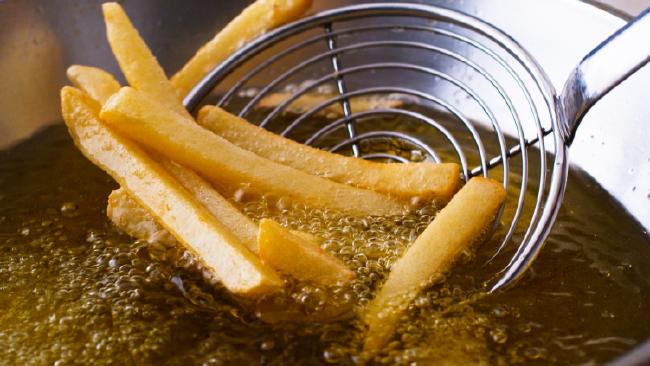
VEGETABLE oils are highly unstable.
When they interact with oxygen, they release neurotoxic, DNA mutating chemicals which are known to cause cancer (at least).
Recent improvements in measurement technology have now thrown a spotlight on the quantity of these chemicals released by normal use. And the results are truly terrifying.
Cheap vegetable oil made from seeds (canola, sunflower, corn, safflower, grapeseed, rice bran and soybean oils) is a new addition to the human diet. Unlike animal fats and oils made from fruit (olive, avocado and coconut oils), they’re very high in polyunsaturated fats and in particular something called an omega-6 fat.
A recent study found that when seed oils containing these fats are heated at a normal cooking temperature (of 180 degrees celsius), they create highly toxic chemicals known to be involved in cancer causation.,
And each time the oil was re-used the concentration increased massively. The study showed that by the fifth day of oil re-use, it had five times the concentration of these chemicals that it had on the first (which was already alarmingly high).
But worse than that, the researchers also made the point that all they could measure was the amount of these chemicals left in the oil. Since they are highly volatile, they are constantly escaping into the air around us when the food is being cooked.
According to another recent study, it is likely that this volatility explains the stubbornly high rates of lung cancer among women in Asian countries (where smoking is rare among women, but wok frying with Canola oil is a daily task).
Those toxic molecules are dangerous because they are interact destructively with our DNA. This significantly increases the chances that cancer will develop.
These seed oils are now a core component of our food supply and Australians are sicker now than at any time in our history.
We are almost four times as likely to have thyroid cancer than just three short decades ago. We are more than three times as likely to have liver cancer. We are twice as likely to have melanoma, Motor Neuron Disease, kidney or anal cancer.
Men are more than twice as likely to have prostate cancer and 60 per cent more likely to have testicular cancer. Women are 43 per cent more likely to have breast cancer. And children are paying even more dearly.
A child is 6 times as likely to suffer from leukaemia than at the start of the 20th century. And they are more than four times as likely to suffer from a life threatening allergic reaction than they were just 20 years ago.
The chronic disease tsunami is upon us.
Every day there are thousands of teenagers standing over vats of frying canola oil for eight hour shifts at every fast food restaurant in this country. Every day, there are people cooking with high temperature seed oils in woks and frying pans. And every day there are industrial quantities of heated seed oil being poured into commercial baked and frozen foods.
A century ago, exactly none of these fats were added to our food supply.
Every day 312 new cancer sufferers are diagnosed in Australia. That this is allowed to continue when the science is so clear on the likely cause, is not merely a shame or an embarrassment. It is an outrage and a tragedy.
It is reasonably safe to assume all the fat in processed food comes from seed oils. The good news is that this only applies to food made by others (and usually shoved into a packet with a picture of real food on the front).
Nobody can stop you making and eating real food. All you need is a little know-how.
Eat Real Food Cookbook Launch Offer
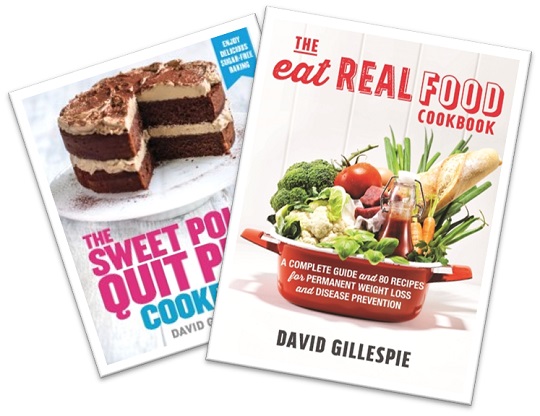 Get the new Eat Real Food Cookbook OR the Sweet Poison Quit Plan Cookbook OR BOTH for 25% OFF.
Get the new Eat Real Food Cookbook OR the Sweet Poison Quit Plan Cookbook OR BOTH for 25% OFF.
Just Enter the discount code ERFCB25 at checkout
Both books are of course signed by David
Offer ends 31 December 2016
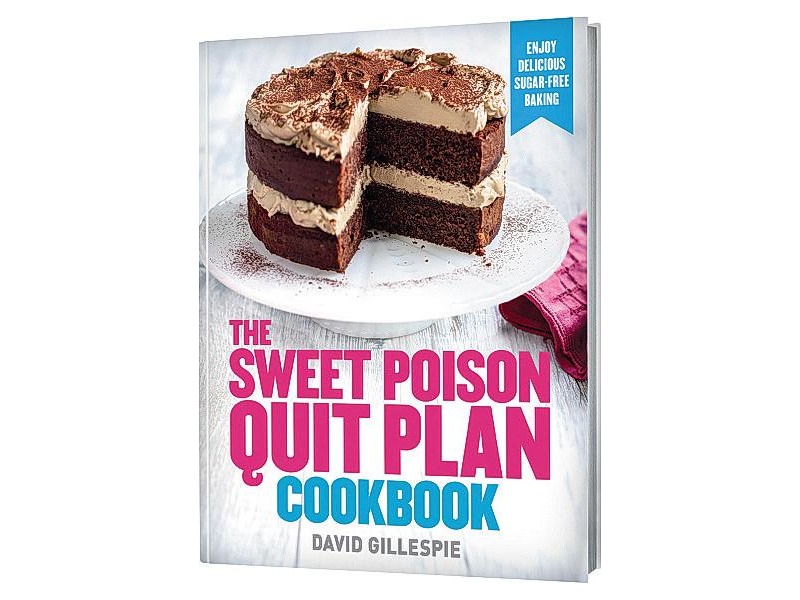
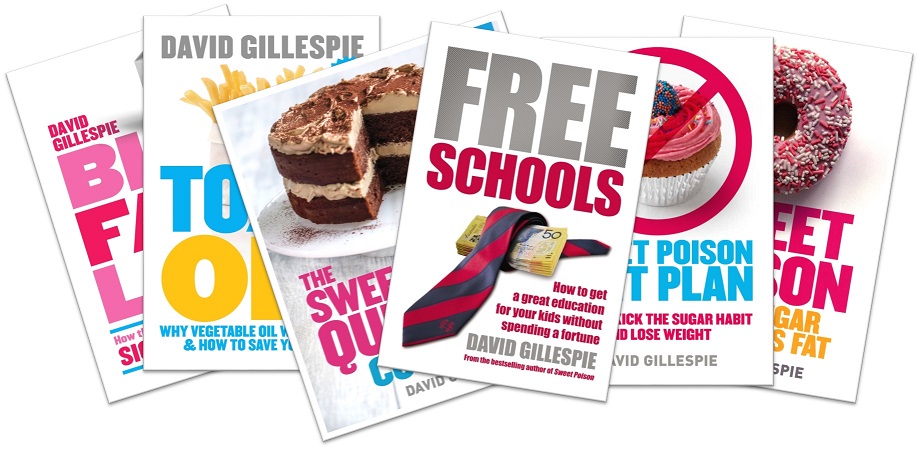




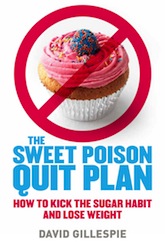
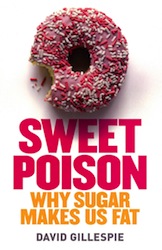


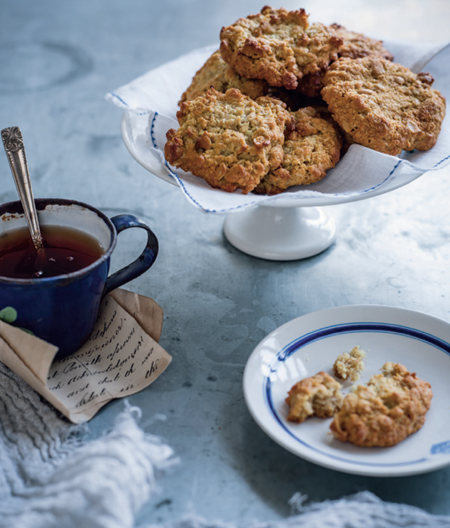
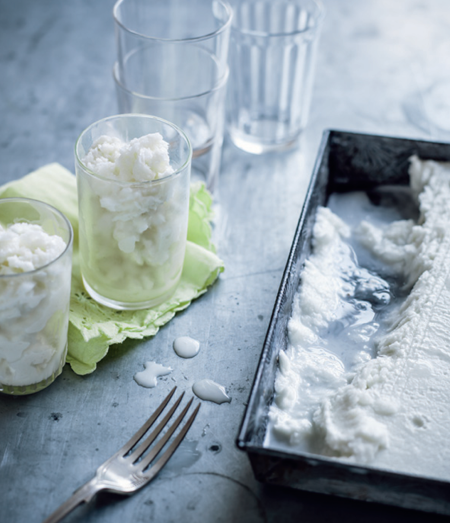












Recent Comments